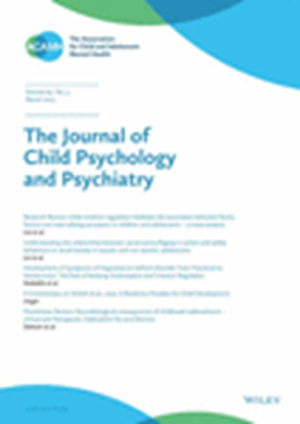Practitioner Review: Treatments for young people who self-harm – challenges and recommendations for research and clinical practice
Abstract
Background
Self-harm is very common in young people and is associated with suicide. Rates of both self-harm and suicide have increased in young people, particularly in females. There is a clear need to identify new approaches to prevent repeat self-harm.
Method
We significantly update and build on previous reviews with the aim of identifying issues in research relevant to clinical practice. We identify challenges in developing, implementing and evaluating treatments for self-harm in children and adolescents, suggest a way forward for research, and provide clear and practical guidance for clinicians on how to apply current research evidence in the real world.
Results
Currently, there is limited evidence for effective interventions, other than some support for dialectical behaviour therapy for adolescents (DBT-A). To improve research and, by extension, clinical practice, future studies need to address psychosocial factors associated with youth self-harm and suicide, investigate the critical mechanism(s) of action, ensure trials are sufficiently powered and representative, and involve young people more actively in the design, implementation and evaluation of these approaches. Consideration should also be given to alternative research designs, such as pragmatic or adaptive clinical trials, as well as registry-based randomised controlled trials which leverage administrative data collected in routine clinical practice, to help meet these goals.
Conclusions
Recommendations for practice include undertaking comprehensive assessment and formulation, and offering DBT-A where indicated. There should be further development and evaluation (with input from young people) of Cognitive Behavioural-based Therapy adapted for young people. Greater attention to the role of the therapeutic relationship and family involvement (where possible) is also an important considerations, irrespective of the specific therapeutic modality. Finally, more consideration should be given to improving staff training to ensure all clinical staff feel equipped to treat young people who self-harm in a person-centred and compassionate manner.



 求助内容:
求助内容: 应助结果提醒方式:
应助结果提醒方式:


